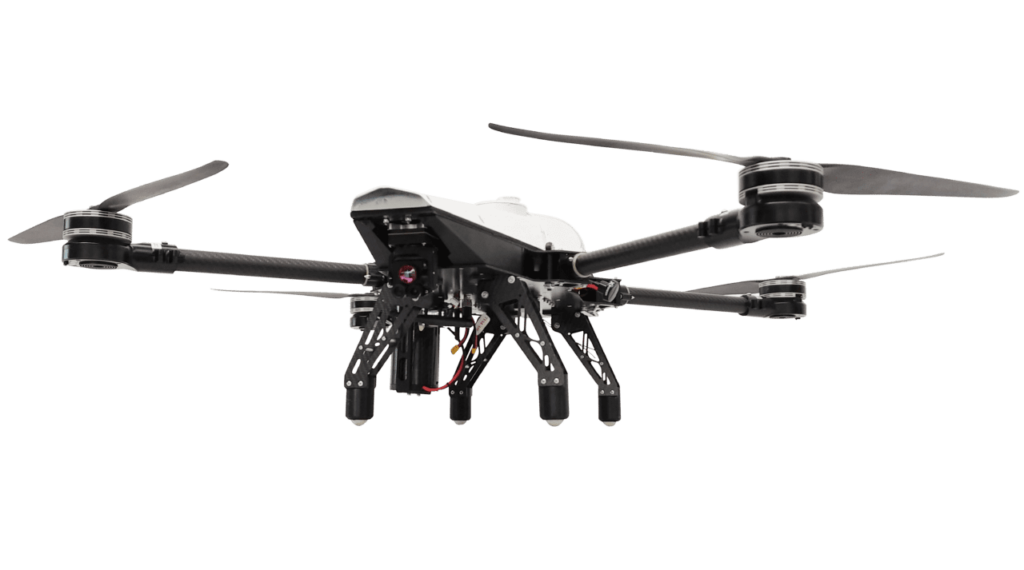A Path to Safe Drone Operations: The Latest from EASA


This week, EASA published a drone directory for uncrewed aircraft that are classified in the “open category” and are labeled with specific class marks. The agency also released a template for drones operating in the “specific category.” (Photo: DJI)
This week, EASA (European Union Aviation Safety Agency) released a drone directory of uncrewed aircraft that fit within the “open category” and have been labeled with specific class marks, such as “C1” or “C2.” This list from EASA will help individuals, businesses, and other stakeholders identify drones that adhere to the new regulations set to be effective from Jan. 1, 2024.
Starting Jan. 1, the following new drone rules will be in effect:
- Drones labeled with a “C1” mark and weighing up to 900g can fly in areas with lots of people, according to the A1 rules.
- Drones weighing up to 4 kg with a “C2” label can fly within 5 meters of people who aren’t involved in the drone’s operation, as per the A2 rules.
There are already drones in the market that follow these rules. EASA has a list of these drones, which will soon be a part of the EASA Sustainable Air Mobility Hub—a website created by EASA to help local governments and businesses use drones in a sustainable way. It’s a key part of the EU’s new drone plan, called Drone Strategy 2.0.
A “CE” mark on a product means it meets EU standards for health, safety, and the environment. It’s for products sold in the European Economic Area (EEA).

(Photo: Asylon)
EASA also released a guide meant for drones operating in the “specific category” this week. This template, called an Operations Manual, is for drone activities under SAIL II (Specific Assurance Integrity Level II). If drone operators want permission to operate in this category, they need to submit a similar manual. This requirement is based on Article 12 of the EU’s rules from 2019 about drone operations.
EASA classifies the following uncrewed aircraft systems (UAS) operations in the “specific” category:
- BVLOS (Beyond Visual Line Of Sight)
- Operating a drone with MTOM (maximum take-off mass) > 25 kg
- Operating higher than 120m above ground level
- Dropping material
- Operating in an urban environment with MTOM > 4 kg or without a class identification label
Based on SORA (Specific Operations Risk Assessment), SAIL I and II are classified as low-risk; SAIL III and IV are medium-risk, and SAIL V and VI involve high-risk operations.
The release of this template underscores EASA’s commitment to ensuring that drone operations in the EU are conducted safely and according to set standards. This is essential given the increasing number of drones and their diverse applications in today’s world.
By providing a template for the Operations Manual, EASA is also offering clear guidance on what they expect from drone operators in the specific category under SAIL II. This helps standardize operations and ensures that everyone is on the same page regarding safety and operational standards.
—————
Boost Internet Speed–
Free Business Hosting–
Free Email Account–
Dropcatch–
Free Secure Email–
Secure Email–
Cheap VOIP Calls–
Free Hosting–
Boost Inflight Wifi–
Premium Domains–
Free Domains





